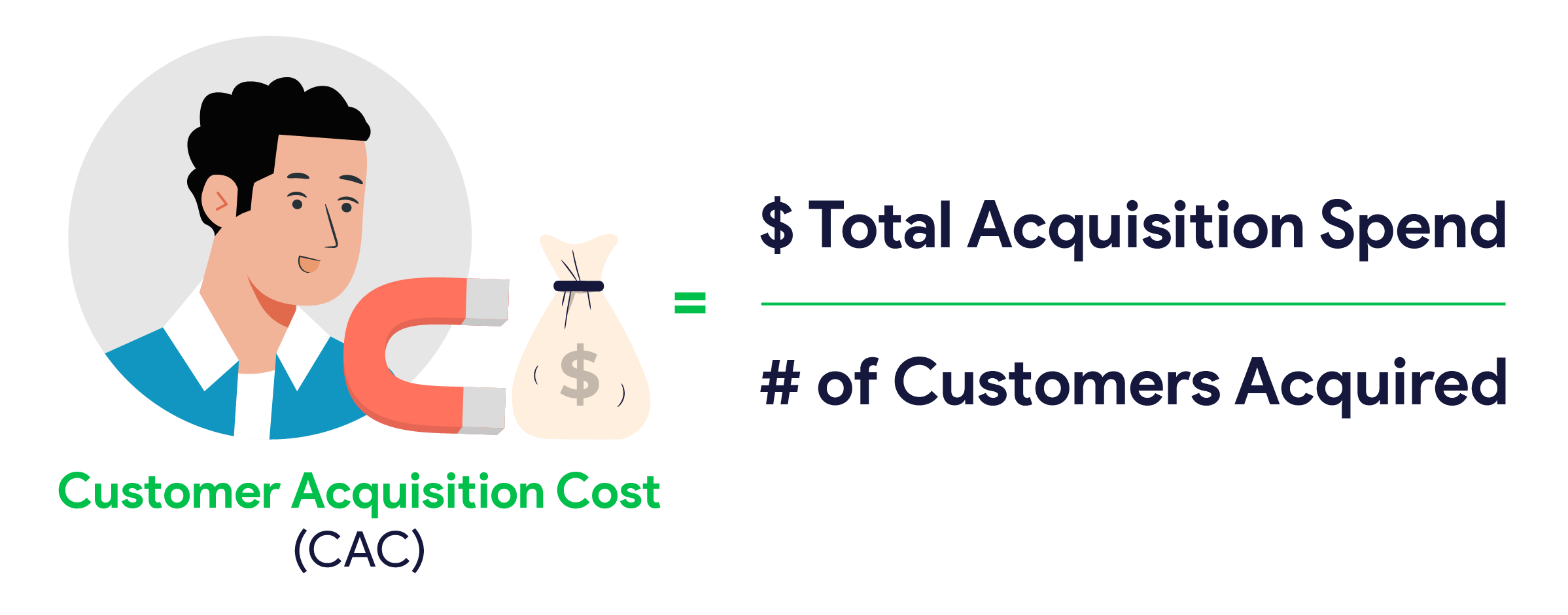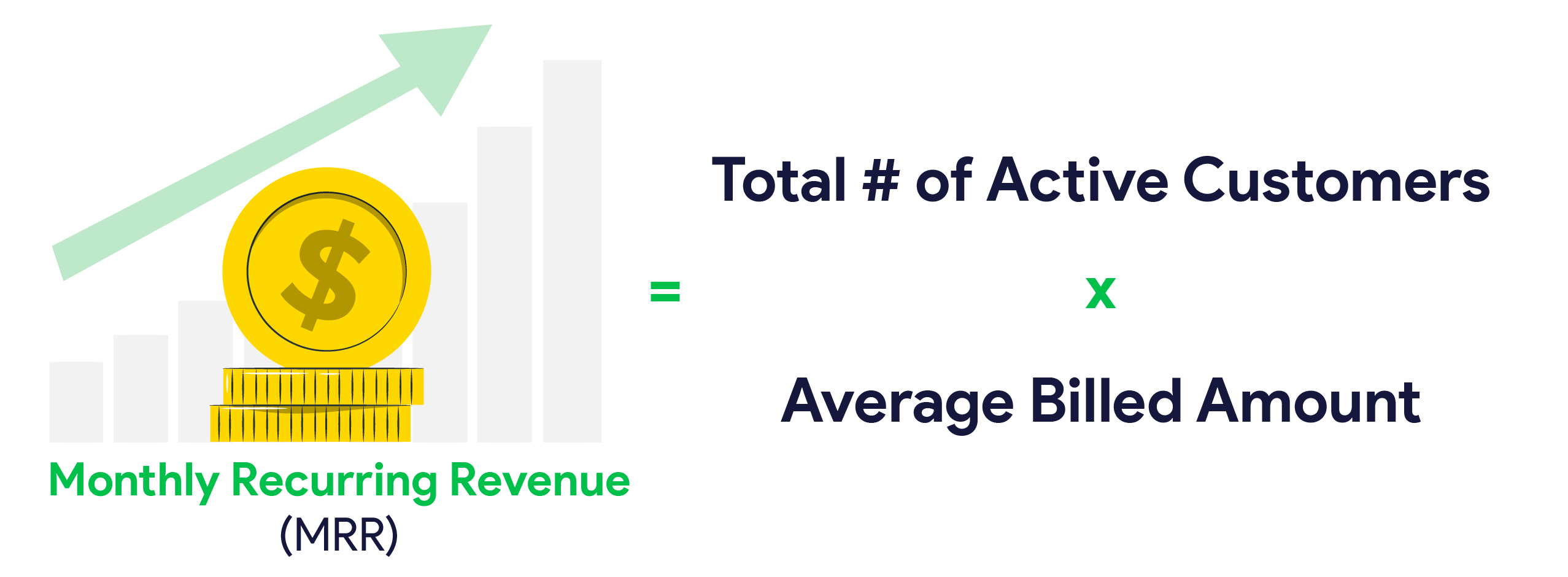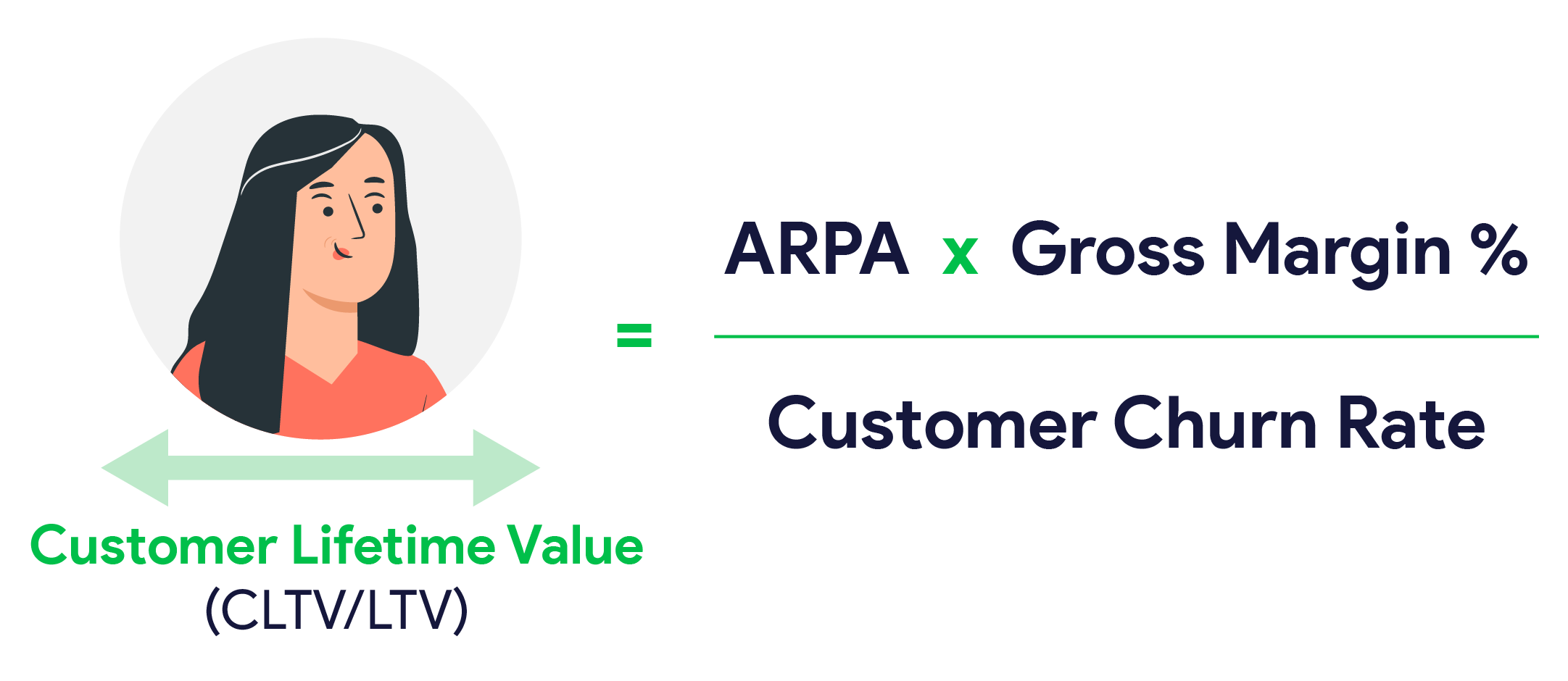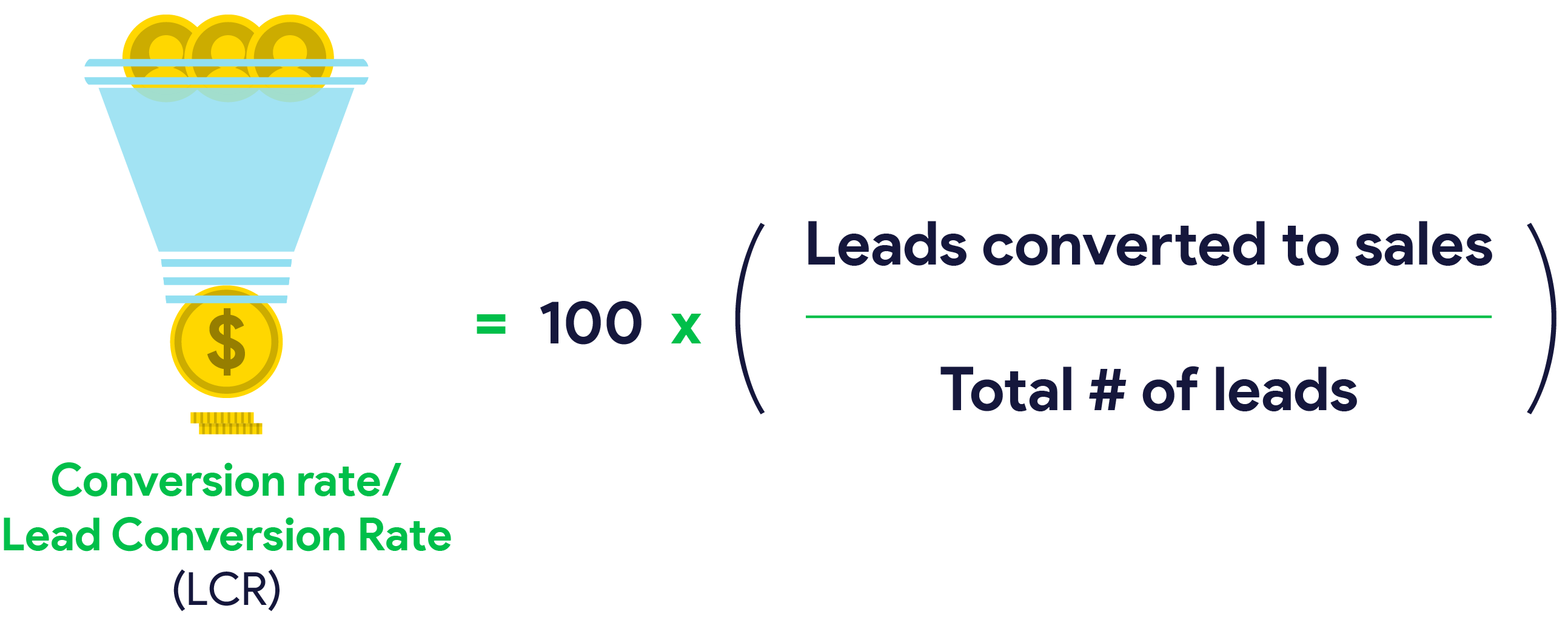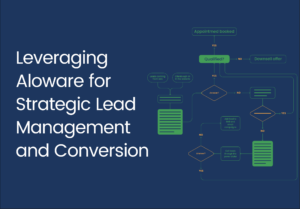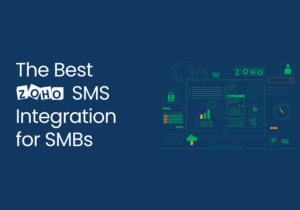Metrics give a better understanding of whether a Software as a Service (SaaS) company meets customer expectations. They allow management to improve business operations. Without tracking these day-to-day performance indicators, it would be much harder to identify areas of improvement within an organization. These are the ten most relevant metrics to keep an eye on for a SaaS business in 2021.
Table of Contents
Why tracking metrics is important for SaaS business
The SaaS market is worth about $123 billion in 2021. By next year, it’s expected to reach $145 billion. This means the competition is getting fiercer by the minute and companies need to stay at the top of their game. SaaS Capital claims that in order to beat 25% of its strongest competitors, a $2 million company needs to grow over 90% each year.
10 essential SaaS sales metrics
Keeping a close eye on essential sales metrics of a SaaS business is a must to improve and grow in this industry. Tracking these 10 metrics will help to increase the efficiency of a business.
1. Customer Acquisition Cost (CAC)
Customer Acquisition Cost refers to how much money is needed to win one paying customer. This metric is important to calculate the scalability and profitability of a company. The following formula is used to determine the CAC properly:
2. Monthly Recurring Revenue (MRR)
Customers who choose to keep their subscriptions to a SaaS service generate recurring revenue. Tracking your MRR provides you a way to forecast cash flows and budgets in your business. Calculating their MRR lets companies measure the amount of predictable revenue they receive every month. The formula to obtain it is:
3. User Retention Rate
This metric is indicative of your current and future revenue. User retention rates are measured to see if your business can keep your customers happy for a long time. The higher your retention rate is, the lower your churn rates will be. You can calculate user retention rate using this formula:
4. Customer Lifetime Value (CLTV/LTV)
Lifetime Value is proportional to the expected amount each customer will spend on a SaaS solution throughout their entire client-provider relationship. Calculating this metric helps determine budgetary needs depending on a business’s actual situation. The formula for CLTV is:
*ARPA – Average Revenue Per Account
5. Conversion rate/Lead Conversion Rate (LCR)
The volume of leads generated in a cycle is as important as the efficiency of the conversion. Calculating the LCR is fundamental for a company’s sales force to evaluate and analyze the effectiveness of its sales pipeline and selling strategies. After all, their objective is to always convert as many leads as they possibly can. The Lead Conversion Rate lets management understand internal and external factors that influence a company’s growth. The formula for this metric is:
6. Churn Rate
The churn rate is one of the most important metrics to track to support a SaaS company’s product, marketing, and UX teams. A churn happens when a customer stops its recurring revenue subscriptions. Calculating your churn rate aids in determining the reasons why churn is happening more accurately and defines the right efforts to make in order to change the outcome. The formula to calculate this essential SaaS sales metric is:
7. Average Selling Price (ASP)
Also known as Average Room Rate or Average Order Value, the ASP is the medium price for which a certain SaaS solution is sold. It’s a common metric that’s typically used to compare businesses and channels. This metric is highly visible to SaaS consumers and can vary from one business to another based on their target users, location, and other segmentation factors. This is the formula to calculate it:
8. Lead Velocity Rate (LVR)
The lead velocity rate is a basic growth metric that’s useful when comparing two different cycles based on a company’s qualified leads. It’s useful when projecting long-term marketing and product strategies, and it’s an excellent tool to predict a SaaS company’s future revenue. To calculate it, it’s necessary to use the following equation:

9. Active Users
User engagement is an important metric in your SaaS business, as it determines how your product is perceived, used, and liked by your customers. To track this, remember these three important metrics: DAU, WAU, and MAU. It’s tracking if your users constantly interact with your app/software on a daily (Daily Average Users), weekly (Weekly Average Users), or monthly (Monthly Average Users) basis. App stickiness is measuring if your DAU/MAU ratio has an average of at least 13%.
10. Win Rate
This metric indicates the percentage of final stage leads that became actual customers to a SaaS company. Calculating your sales team’s win rate helps you determine how effective your sales strategies are. Most SaaS businesses aim for at least 50% win rate but keep in mind that your win rate goal should also depend on your product’s complexity. The formula to estimate this KPI for sales is:
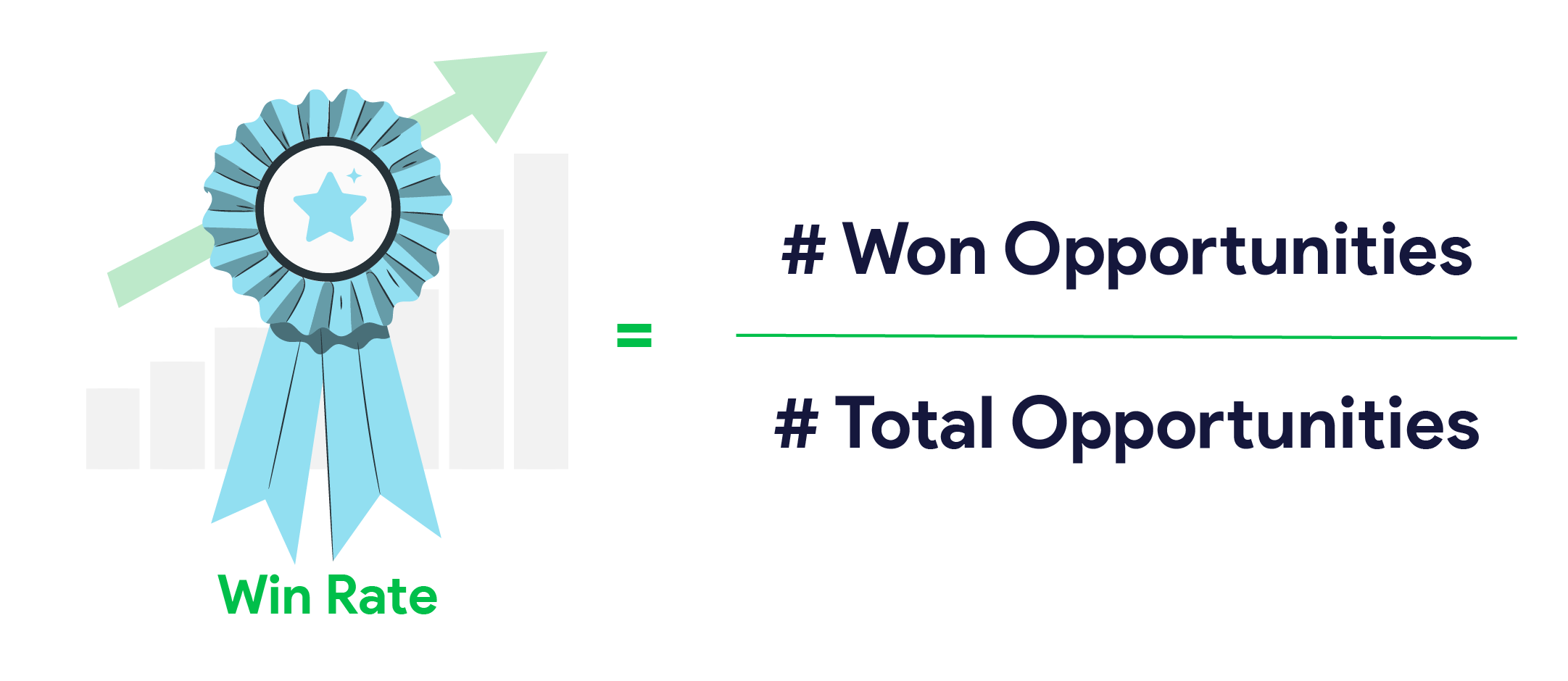
Tools to know these metrics
Today, there are many tracking tools available online to help determine the most important SaaS sales metrics valuable to a company’s success. Using tracking tools to monitor KPIs for sales lets SaaS companies optimize their pipeline by automating relevant data collection, thus improving overall results and aligning teams and processes with organizational objectives.
Automatic data recording, real-time analytics, dashboards, and agent metrics are only some of the elements needed to identify monthly outcomes. The main benefits of using these tools are the ability to:
- Measure financial performance
- Keep cash flow healthy
- Reveal performance at every level in a company
- Provide an actionable way to achieve business goals.
- Highlight current and potential business issues
Having a contact center solution like Aloware can enhance performance and productivity KPIs for SaaS companies. If you’re looking to improve your metrics and boost your conversion and retention rates, book a demo today.

